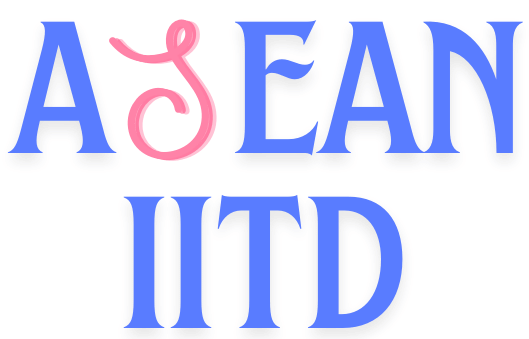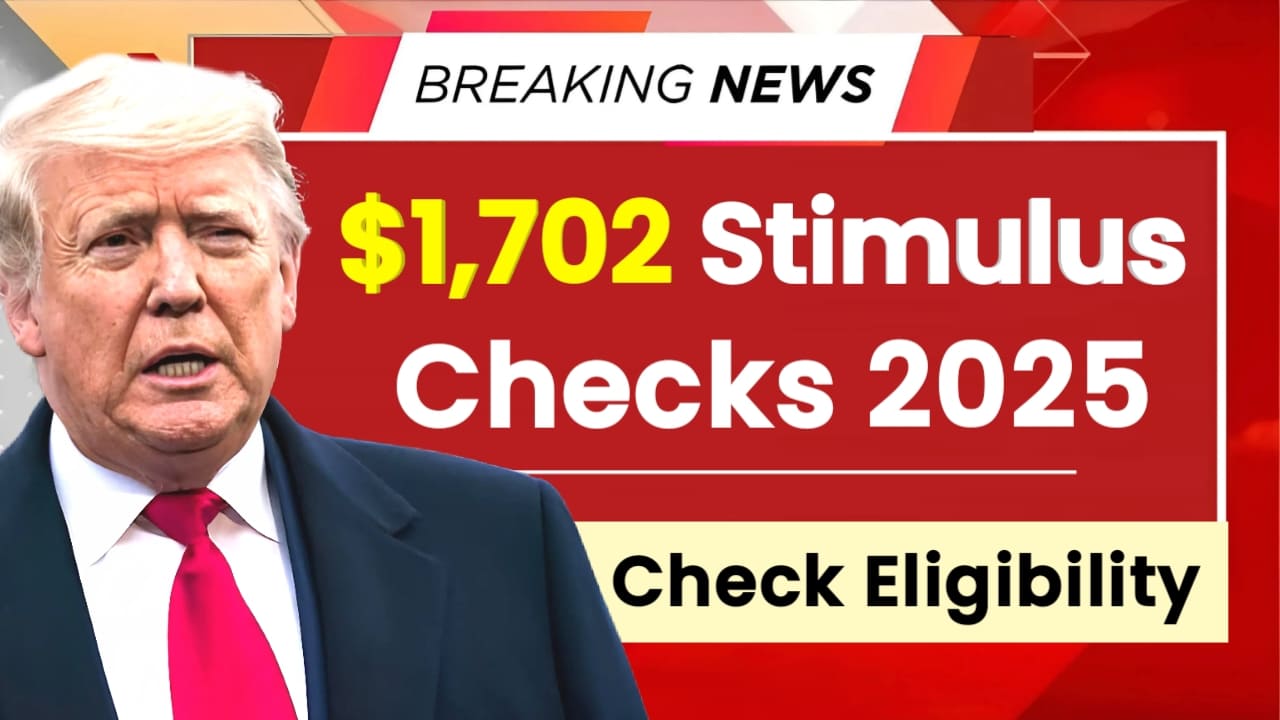The beginning of 2025 brings great news for Alaskan residents with the announcement of a $1,702 payment under the Permanent Fund Dividend (PFD) program. This initiative provides essential financial aid to households struggling with the rising cost of living and also stimulates local economic growth. In this article, we delve into the details of the PFD stimulus, including its eligibility criteria, distribution process, payment dates, and broader implications.
Key Features of PFD $1702 Stimulus Check 2025
The $1,702 payment is part of Alaska’s established PFD program, which shares a portion of the state’s oil revenues with its residents. Below are the major highlights:
| Financial Support | Helps Alaskans cover essential expenses, including housing, utilities, and groceries. |
| Boosts Local Economy | Encourages consumer spending, supporting local businesses. |
| Energy Relief Component | A portion of the payout is allocated to help with rising energy costs. |
| Eligibility-Based | Payment is granted only to residents who meet strict eligibility criteria. |
| Multiple Payment Methods | Recipients can receive their funds via direct deposit, paper checks, or prepaid debit cards. |
Eligibility Requirements for $1702 Stimulus Check 2025
To qualify for the $1,702 PFD stimulus payment, applicants must meet the following requirements:
- Residency: Must be a full-time resident of Alaska, providing proof such as utility bills, tax returns, or a driver’s license.
- Income Status: Though PFD payments are not income-dependent, other federal or state programs linked to the stimulus may prioritize low-income households.
- Legal Standing: Applicants must not have disqualifying legal issues (such as serious criminal offenses). Background checks may be required to ensure compliance.
Alaska Stimulus Check 2025: Eligibility, Payment Dates & How to Apply
Distribution Methods of $1702 Stimulus Check 2025
The payment is distributed using different methods to accommodate the preferences of recipients:
- Direct Deposit – The fastest and most secure method, with funds typically arriving within a few days.
- Paper Checks – Sent via mail to individuals who do not opt for electronic transfers, though these take longer to process.
- Prepaid Debit Cards – A convenient alternative for those who prefer immediate access to funds without needing a bank account.
$1,702 Stimulus Payment Distribution Dates
The distribution of payments occurs in phases to ensure efficiency. Below are the key milestones:
- January 16, 2025 – The first group of verified applicants receives their payments.
- February 20, 2025 – Additional disbursements are made for applicants approved after the first deadline.
- March 2025 and Onward – Payments continue for late or successfully appealed applications.
Broader Implications
Beyond individual financial relief, the 2025 PFD stimulus payment has significant macroeconomic impacts:
- Boosting Local Economies – Increases household purchasing power and stimulates local businesses, supporting jobs and economic growth.
- Household Relief – Helps families manage essential expenses, including housing, healthcare, and education.
- Energy Cost Mitigation – The energy relief component assists residents in coping with rising utility costs, particularly in Alaska’s cold climate.
Challenges of the $1702 Stimulus Check 2025
While the PFD program offers substantial benefits, it also faces some challenges:
- Funding Sustainability – The program relies on fluctuating oil revenues, which may impact future payouts.
- Equity Concerns – Broad eligibility criteria may dilute the program’s impact on the most vulnerable populations.
- Administrative Delays – Processing times for late applications and appeals can extend waiting periods for some recipients.
Conclusion
The $1,702 stimulus payment under the Alaska Permanent Fund Dividend (PFD) program provides vital financial relief to residents while supporting local economic activity. Eligible individuals should ensure timely applications and accurate information to receive their payments without delays. The program’s long-term sustainability, however, remains dependent on Alaska’s oil revenues and economic conditions.
FAQs
1. What documents are required to apply for the $1,702 PFD stimulus payment?
Applicants need to provide proof of residency (such as a driver’s license or utility bill) and complete the application through the MyAlaska system. Additional documentation may be required in specific cases.
2. How can I check the status of my payment?
You can track your payment status via the official PFD website or by contacting the Alaska Department of Revenue for updates.
3. Can non-residents of Alaska apply for the PFD stimulus payment?
No, only full-time residents of Alaska are eligible. Applicants must prove continuous residency for at least one full calendar year before applying.
4. What should I do if my payment is delayed?
If your payment is delayed, use the IRS “Get My Payment” tool or contact the PFD office. Ensuring that your mailing address and banking details are correct can help prevent delays.
5. Are PFD payments subject to federal income tax?
Yes, PFD payments are considered taxable income by the IRS. Recipients should report the amount on their federal tax returns and may receive a Form 1099-MISC from the state.





